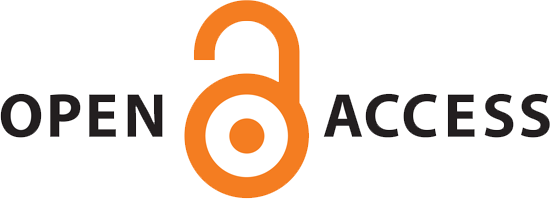pISSN: 2228-6527
eISSN: 2228-5466
Director:
Mohammad-Ali Mohagheghi, MD
Editor-in-Chief:
Kazem Zendehdel
Vol 16 No 4 (2024)
pISSN: 2228-6527
eISSN: 2228-5466
Director:
Mohammad-Ali Mohagheghi, MD
Editor-in-Chief:
Kazem Zendehdel

This journal is a member of, and subscribes to the principles of, the Committee on Publication Ethics (COPE).

 |
All the work in this journal are licensed under a Creative Commons Attribution-NonCommercial 4.0 International License. |
